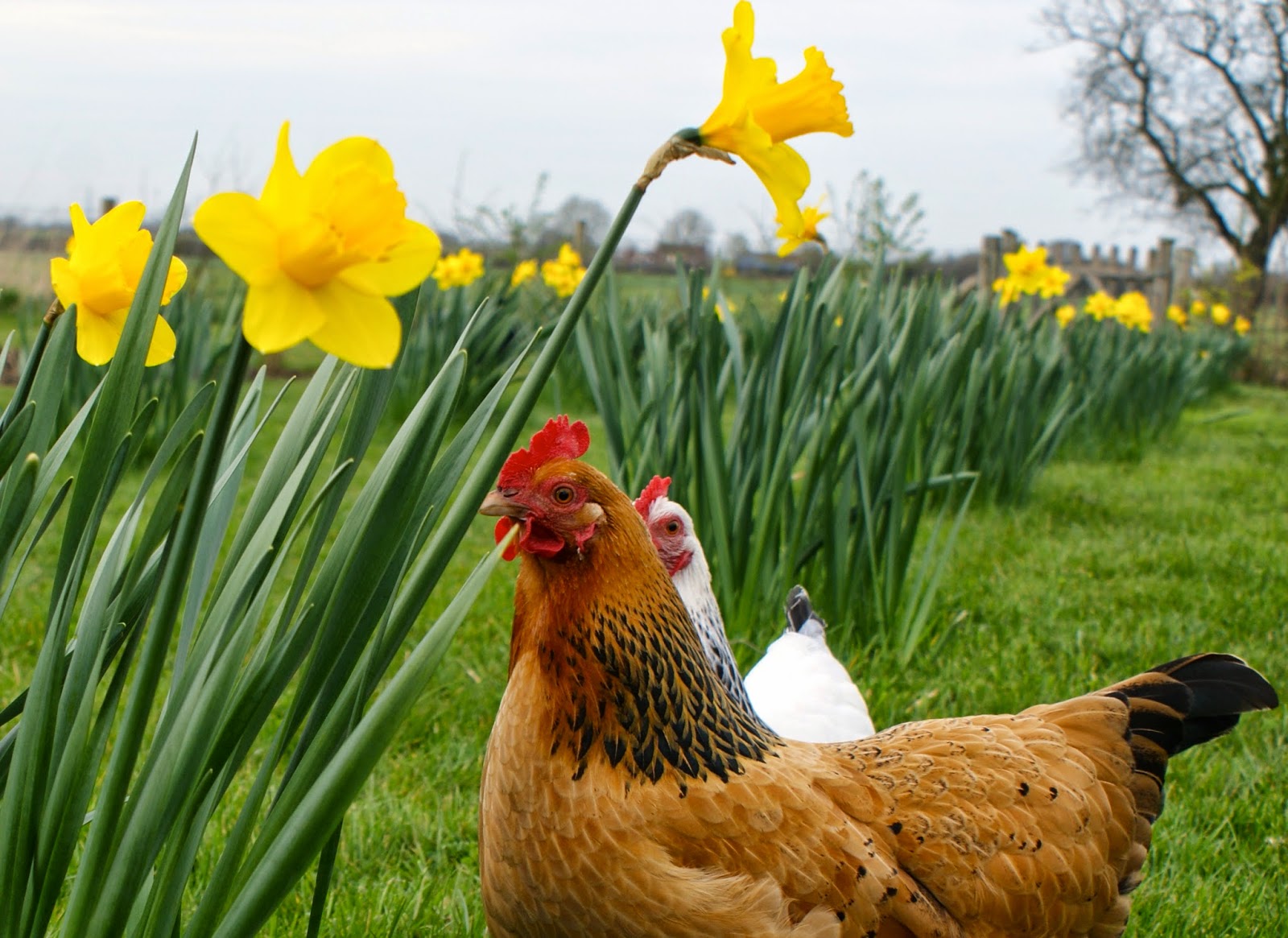I love the winter garden with its skeletal structure and great nostril-loads of scent. On a bright, frosty day what could be better? Actually, quite a lot. The problem is that although I delight in the great outdoors, I absolutely cannot stand being cold. In no particular order, my pet hates are: cold hands, cold feet, and cold hurting ears. It takes me back to hockey at school, only then I had cold blotchy knees to add to my misery.
 |
| Luscious Lonicera |
I don't like to show off, but these days I am blessed with a fine collection of thermal undergarments, a woolly hat, lined boots and an array of mismatched gloves. Hacking icy flints from the borders and untangling bare-root hedging plants which have knitted themselves together (presumably for warmth), I am an advertisement for wearing everything at once. To put it succinctly: I am a walking wardrobe.
Eranthis hyemalis
This whole business of being so cold that I am barely able to move for all the layers of clothing has got me wondering why gardeners haven’t evolved over time. We have been cultivating our plots for thousands of years and while I appreciate that many gardeners of the past might have inhabited warmer areas of the globe, there must have been a fair few green-fingered pioneers who ventured out on a frosty morning to prod a stick at a patch of cold earth.
Frosty Phlomis italica
If we were climbing plants, we would by now have adopted aerial roots or adapted our leaves into tendrils, so why have we not developed ever-warm extremities? I think that the answer might lie with the cooks of the world. We have been burning food for longer than we have been cultivating gardens, so where are the chefs' heat-resistant hands and unsliceable fingers?
Cooks' and gardeners' adaptations might be mutually beneficial. I am no chef, but I wouldn't mind having heatproof hands for those occasions when I forget about hot pan handles; and I am sure that chefs could adjust gardeners' adaptations to suit their own purposes (although I'm struggling with adaptation number 8 below).
Were I a time traveller, I would have a word with our ancestors and ask them to initiate a few improvements so that all gardeners nowadays would be blessed with:
Echinops with an ice cap
Cooks' and gardeners' adaptations might be mutually beneficial. I am no chef, but I wouldn't mind having heatproof hands for those occasions when I forget about hot pan handles; and I am sure that chefs could adjust gardeners' adaptations to suit their own purposes (although I'm struggling with adaptation number 8 below).
Were I a time traveller, I would have a word with our ancestors and ask them to initiate a few improvements so that all gardeners nowadays would be blessed with:
1. Constantly warm hands, feet and ears
2. Thorn-resistant skin
3. An ache-free back
4. The ability to prune with the scissor action of the fingers of both hands, thereby adding hours to the gardening year which might otherwise be lost searching for secateurs
5. A dripless nose
6. The ability to hover mid-air while pruning, thereby rendering ladders unnecessary
7. A reviving stare which rejuvenates listless plants and makes old seeds viable
8. Toes which double as hoes.










